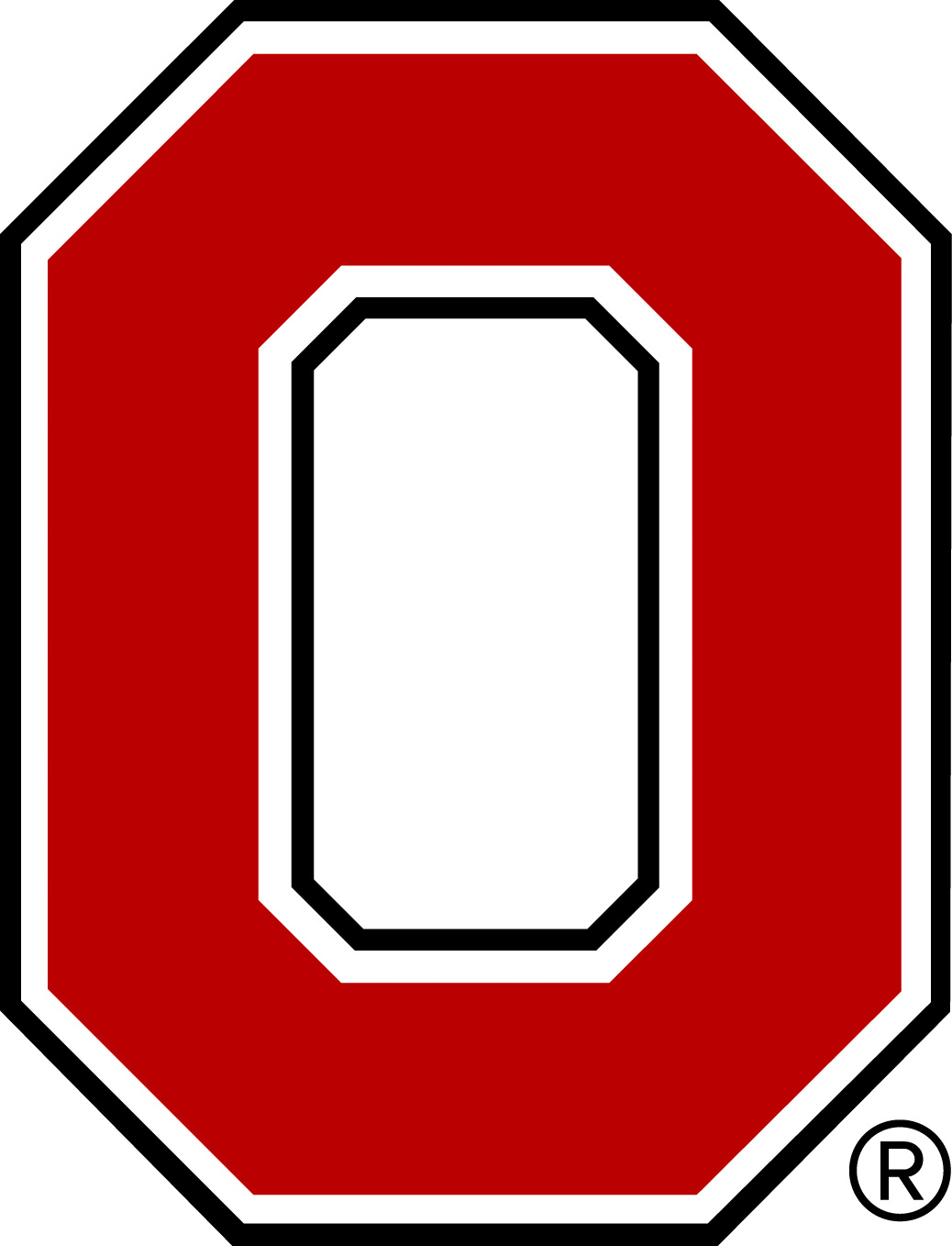Talk abstracts
Talk on Tuesday 11:20-11:35am submitted by Anthony Rish
Molecular Mechanisms of Holliday Junction Branch Migration Catalyzed by Asymmetric RuvB Hexamer
Anthony D. Rish (OSBP), Zhangfei Shen (Department of Biological Chemistry and Pharmacology, The Ohio State University), Zhenhang Chen (Department of Biochemistry, Emory University School of Medicine), Tianmin Fu (Department of Biological Chemistry and Pharmacology, The Ohio State University)
Abstract:
The Holliday junction (HJ) is a universal DNA intermediate of homologous recombination that is involved in many fundamental physiological processes. In bacteria, RuvB, a motor protein of the AAA+ ATPase superfamily, drives branch migration of the Holliday junction with a mechanism that had yet to be elucidated. Here, we report two cryo-EM structures of RuvB in complex with DNA and nucleotides, providing a comprehensive understanding of HJ branch migration. Six RuvB protomers assemble into a spiral staircase, in the shape of a ring, with DNA in the central pore. Four protomers of RuvB hexamer interact with the backbone of the DNA substrate, suggesting a pulling-and-revolving mechanism of DNA translocation with a basic step size of 2 nucleotides. Moreover, the variation of nucleotide-binding states in our RuvB hexamer supports a sequential model for ATP hydrolysis, ADP release, and ATP reloading, which occur at specific positions on the RuvB hexamer. Furthermore, the asymmetric assembly of RuvB also explains the 6:4 stoichiometry between RuvB and RuvA, which assembles into a complex to coordinate HJ migration in cells. Taken together, we provide a comprehensive framework for the mechanistic understanding of HJ branch migration facilitated by RuvB motor protein, which may be universally shared in both prokaryotic and eukaryotic organisms.
Keywords: Cryo-EM, Holliday Junction, Mechanistic analysis
